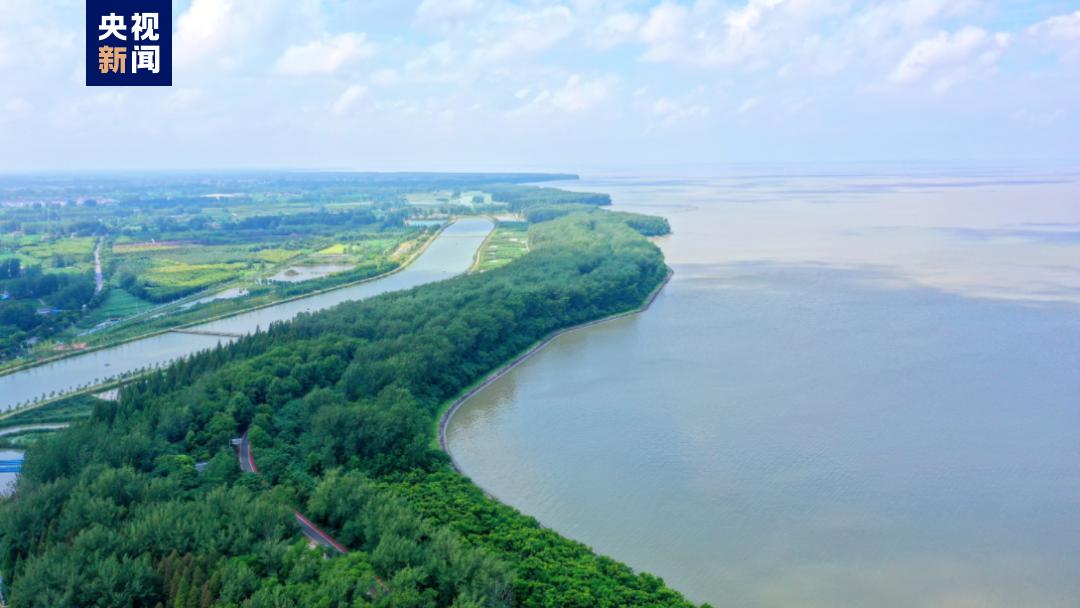Four Chinese projects designated world heritage irrigation structures

A view of the Qimenyan Irrigation System in east China’s Anhui Province. /CMG
A view of the Qimenyan Irrigation System in east China’s Anhui Province. /CMG
Four more ancient Chinese irrigation projects have been designated as World Heritage Irrigation Structures (WHIS), bringing the total number of Chinese irrigation projects on the list to 34, the Ministry of Water Resources said on Saturday.
The new inclusions are the Qimenyan Irrigation System, the Hongze Lake Irrigation System, the Huoquan Spring Irrigation System and the Baini Weirs, according to a list of WHIS for 2023 announced during the 74th International Executive Council Meeting of the International Commission on Irrigation and Drainage (ICID) being held in India.
The WHIS designation, established by the ICID in 2014, aims to protect and promote irrigation projects of historical value and scientific experience, has covered 159 projects around the world so far.

A view of the Hongze Lake Irrigation System in east China’s Jiangsu Province. /CMG
A view of the Hongze Lake Irrigation System in east China’s Jiangsu Province. /CMG
The Qimenyan Irrigation System in east China’s Anhui Province was first established in Western Han Dynasty (202 B.C.-25 A.D.). For over 2,000 years, the project has played an important role in irrigation, flood control and drought prevention. It currently still irrigates about 13,000 hectares of farmland.
The Hongze Lake Irrigation System in eastern Jiangsu Province is a water storage irrigation area. Since the Eastern Han Dynasty (25-220), ancient people have diverted water for irrigation and farming. The irrigation system nowadays keeps irrigating farmland.
The Huoquan Spring Irrigation System in northern Shanxi Province has a history of nearly 1,400 years. The irrigation projects still play a role in irrigation, water supply, ecology and tourism.
The Baini Weirs in central Hubei Province still play a role in irrigation, flood control, drought relief, water supply and other functions.

A view of the Huoquan Spring Irrigation System in northern Shanxi Province. /CMG
A view of the Huoquan Spring Irrigation System in northern Shanxi Province. /CMG
Chen Mingzhong, an official with the ministry, said that China is a country with the richest types of irrigation engineering heritage that also boasts the most widespread distribution.
Along with the four Chinese projects, another 15 irrigation projects in countries including India, Indonesia, Iraq, Japan, Thailand and Türkiye were also added to the ICID’s WHIS-2023 list this year.

A view of the Baini Weirs in central Hubei Province. /CMG
A view of the Baini Weirs in central Hubei Province. /CMG
Established in 1950, the ICID is an international organization aimed at boosting scientific and technological exchanges on irrigation, drainage and flood control.
According to a statement on the website of the ICID, nominations are invited from ICID National Committees for the selection of World Heritage Irrigation Structures that include both old operational irrigation structures as well as those having archival value.
(With input from Xinhua)

